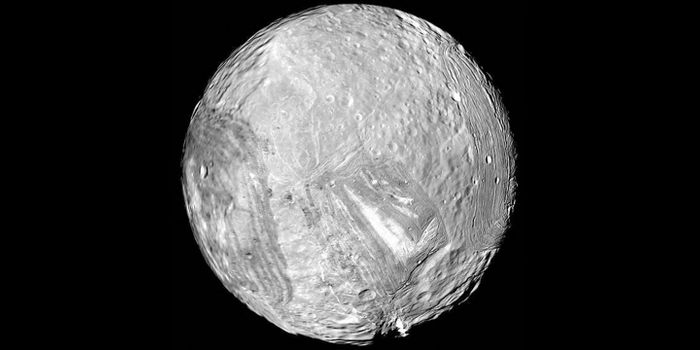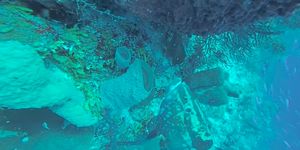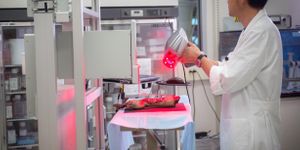SpaceX Demonstrates Landing Capabilities of Crew Dragon Capsule for NASA
The past week was a stressful one for SpaceX and NASA alike. It was just last Saturday that the commercial space company launched its first demonstration mission to demonstrate the flight capabilities of its Falcon 9 rocket to NASA for the agency’s Commercial Crew Program, and it was only a few days later that the Crew Dragon capsule proved its docking capabilities with the International Space Station.
Image Credit: NASA Television
But as you might come to expect, the road to impressing NASA and securing future space launches goes beyond that of merely putting something in space and docking it with the International Space Station; it also involves ascertaining that the Crew Dragon capsule can return safely to Earth – with or without living crew members onboard.
SpaceX proved that capability Friday morning after the company’s un-crewed Crew Dragon capsule detached itself from the International Space station and made its way back to Earth to validate the safety of its landing system. Shortly after entering our planet’s atmosphere, the capsule performed a parachute-guided landing procedure in the middle of the Atlantic Ocean. The landing purportedly transpired at approximately 8:45 A.M. Eastern time, just off Florida's East coast; footage available below:
“[The] successful re-entry and recovery of the Crew Dragon capsule after its first mission to the International Space Station marked another important milestone in the future of human spaceflight,” explained Jim Bridenstine, NASA’s acting administrator.
“I want to once again congratulate the NASA and SpaceX teams on an incredible week. Our Commercial Crew Program is one step closer to launching American astronauts on American rockets from American soil. I am proud of the great work that has been done to get us to this point.”
Related: Watch SpaceX launch a Tesla Roadster electric supercar into space with the Falcon Heavy rocket
American astronauts haven’t lifted off from U.S. soil since the retirement of the space shuttle program in 2011. NASA’s Commercial Crew Program aspired to change that, eliminating the United States’ dependence on foreign nations for traveling to space and underscoring the importance of the mission’s success. Fortunately, SpaceX’s incredible performance in the past week brings us one step closer to realizing this critical goal.
There’s still more work to be done before SpaceX gets the green light to send any human beings to the International Space Station, but assuming everything goes well, NASA says SpaceX could ferry crew members into space as soon as July.
The Commercial Crew Program’s other major contender – Boeing – is poised to execute its first un-crewed demonstration launch sometime next month. Likewise, if everything goes according to plan, Boeing could fly astronauts to the International Space Station by August.
Related: SpaceX plans to test-launch a prototype of its BFR in the near future
Given just how much rides on the success of these launches, it should be interesting to see how things go down as the dates mentioned above approach. All we can do now is wait.
Source: NASA









